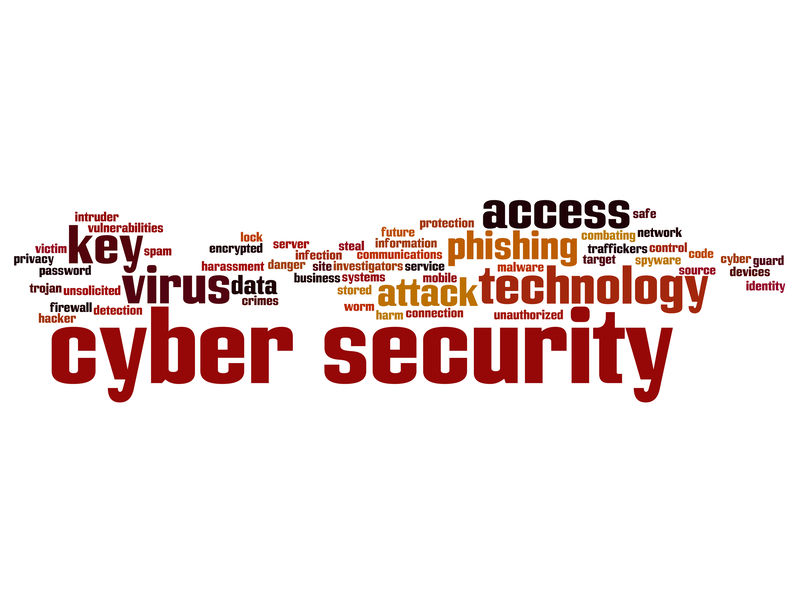Cyber security understanding is critical for professionals and consumers. A basic understanding of cyber security terms is necessary protect your family and assets, a. The good news is that a computer science degree is not necessary. We hear many of these cyber security terms every day in the news through hacks of Equifax, Target and Home Depot (to name a few).
Hackers breach public, private and government computers everyday. Consumers can prevent many of these breaches by implementing minimal efforts. Every age group needs training on how to avoid these scams, hacks and breaches. Several glossaries exist to help get started, and this list is not exhaustive. Learn these simple terms to understand the articles you read and impress your friends at parties.
- Phishing – A technique used by hackers to obtain sensitive information. For example, using hand-crafted email messages designed to trick people into divulging personal or confidential data such as passwords and bank account information. Social media are also used to gather information and manipulate users to take certain actions.
- Malware – An umbrella term that describes all forms of malicious software designed to wreak havoc on a computer. Common forms include: viruses, trojans, worms and ransomware.
- Password Manager – LastPass, 1Password and Dashlane organize thousands of your passwords in an encrypted vault. Access your passwords from anywhere ands any device. Password managers suggest passwords and phrases that are 64 characters long and remembers them for you. Everything is locked using one master password (don’t forget that one!).
Cyber Security Tips, Tricks and Techniques
- Two-Factor Authentication – This feature is something you know (password) and something you have (phone or tablet). Once you type your password into the site (e.g.-LinkedIn), a six digit code is sent to your phone to make sure it’s you. It is built into most social media and web sites. Multi-factor authentication is also available for additional security.
- Encryption – Data encryption translates data into another form, or code, so that only people with access to a secret key (formally called a decryption key) or password can read it. The purpose of data encryption is to protect digital data confidentiality as it is stored on computer systems and transmitted using the internet or other computer networks.
Hundreds of more complex terms exist, but this list gets people started. Looking for a good resource of cyber security terms? Scientifically Speaking facilitates free webinars to train professionals and consumers on cyber security terms and how to protect themselves: Cyber Security Webinar.
Scientifically Speaking, of course…




